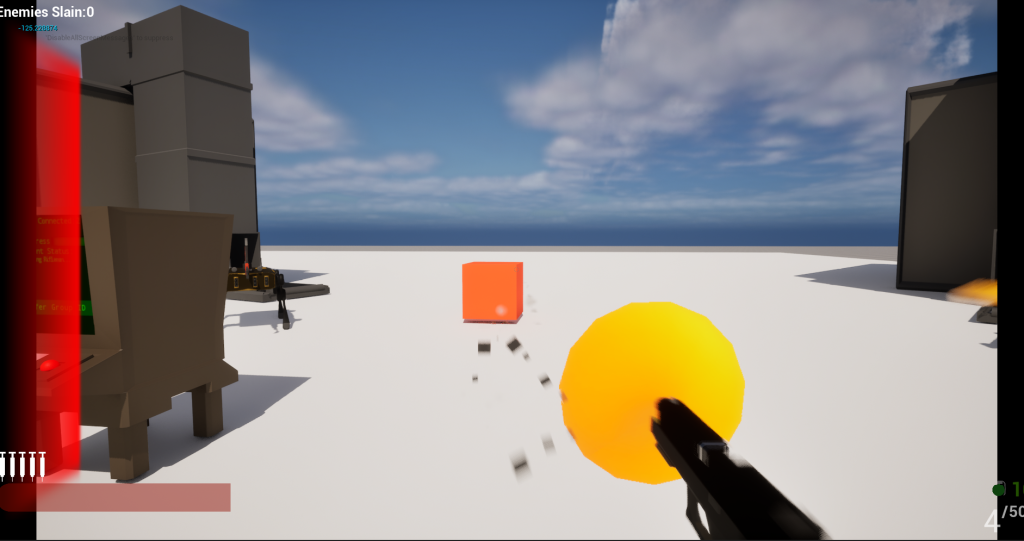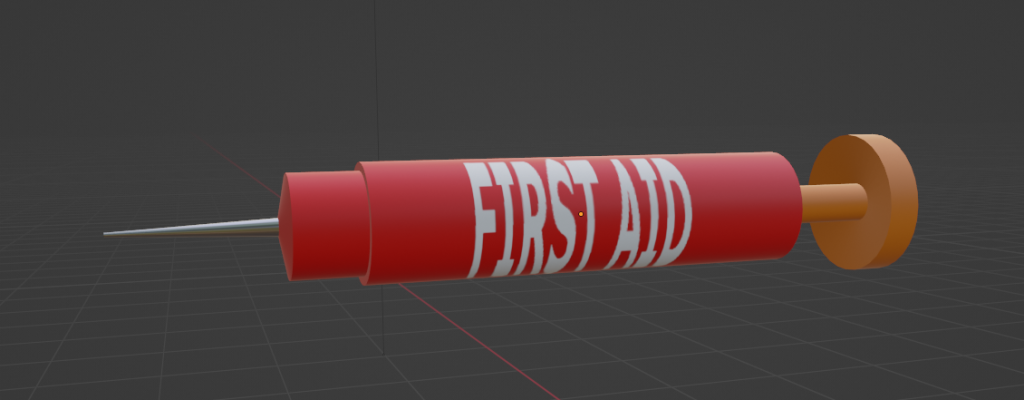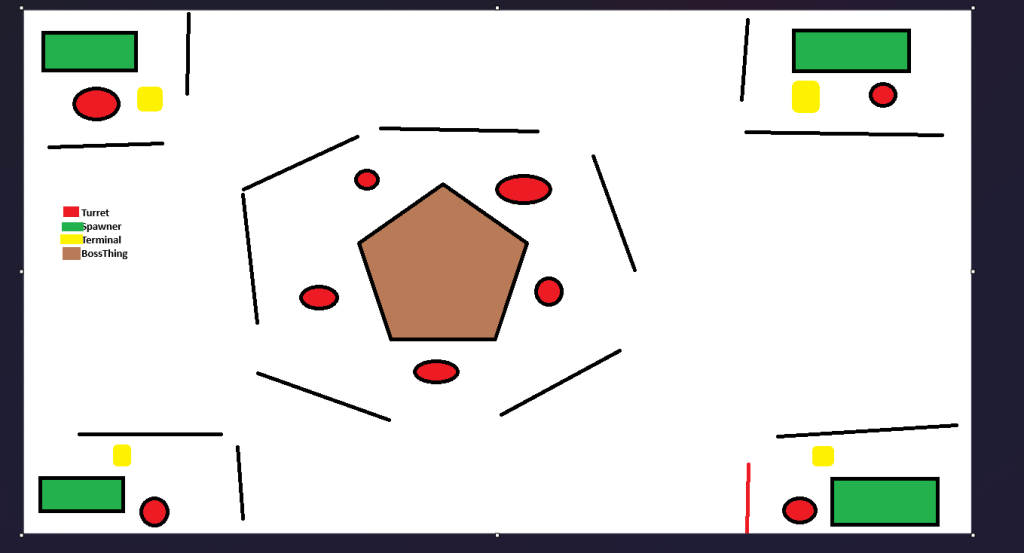Had a few learning experiences with Unreal when working on the global game mode settings stuff (Also I used the term “group ID” in the game but I call it “team ID” randomly so bare with me here and assume they’re the same thing). 1 – Event dispatchers kick off before the game tick (which […]
Failing to make a Alert Light
I wanted to spend 30ish minutes making the alert light I talked about last post before work: here’s where I got: At the end there the direction of the light is all wrong. Probably going to redo 100% of this later today (as it kinda looks bad anyways and a part of me wants the […]
Now they talk to each other!
It takes a bit to see but essentially what happened there was: This works by a hierarchy of multicast delegates (https://dev.epicgames.com/documentation/en-us/unreal-engine/multicast-delegates-in-unreal-engine) that passes the players known location from bot -> assembler -> game mode then then game mode alerts all of the assemblers and then alerts each bot. In other news I did a bunch […]
Sounds like its spraying but really its injecting
Finished up the health side. The injection sound I wanted to sound like a spray but it dosent sound great right now. I’ll mess with that later on.
Quick Hit
Added a syrette (syringe) bar to the hud and added a quick effect for pressing “V” which I’ll make the heal key. I think that combined with a little “psssh” sound will be enough to tell the user they healed.
Medical Devices
Spent some time building this guy. What I’m going for is a quick box that holds and dispenses syringes. The glass on the right is supposed to be translucent (but that will be kind hard to see until I get it into unreal). Putting “First Aid” seems kind on the nose (no cool game design […]
Gameplay Gameplan (From a Gamefan during a self-made gamejam)
So I was looking back at the last thing that I made for planning and I already see the inherent problem is that I never made a “Game” sequence in addition to the boss building. In that vein what I was thinking is: This seems simple enough but there’s a few mechanics I do not […]
This might be too big
Working the level side of things….I might need to downscale this one. Also made a very long track that I want to compress So I seem to have a theme here…
CYBER SPHYNX
I’m digging this kinda vibe for the boss thing. Probably going to work on the game part a bit more Friday.
Zap
Put the turret in game and nearly went deaf trying to make a good laser sound. I was trying to use electric with operator to make a good “wirrr ZAP” sound. But I ended up just making garbage that made my head hurt (Lower your speakers before playing) I also made a scorch mark decal […]








